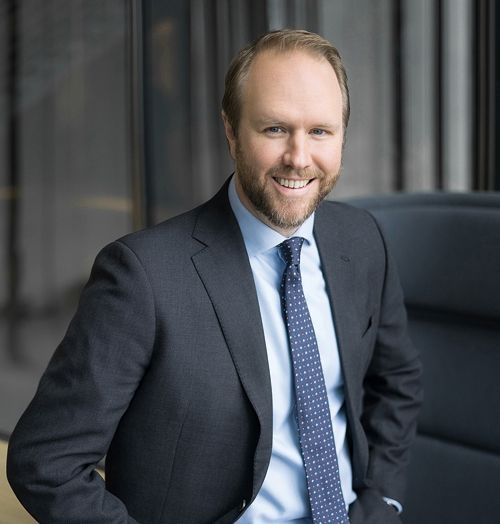Rafał Ostrowski, ‘Eurobuild CEE’: You’ve been active on the Polish market for three years, during which time you’ve built up a portfolio of three shopping centres and three retail parks. What is going to be your next move?
Rory Mepham, CEO, Newbridge: Our goal is to convert these assets and others that we acquire into neighbourhood hubs. What I mean by that is that we want to manage our centres to become central to the communities in which they are located. These are not very big centres, but we want them to contain all the necessary shops and amenities that the people who live in the local community will want to use several times a week. We are not particularly interested in the type of large format shopping centres that typical shoppers might visit once a month. We are more focused on local neighbourhood schemes, which people might want to visit quite regularly – up to two or three visits a week to satisfy their regular shopping needs.
How can you en































































